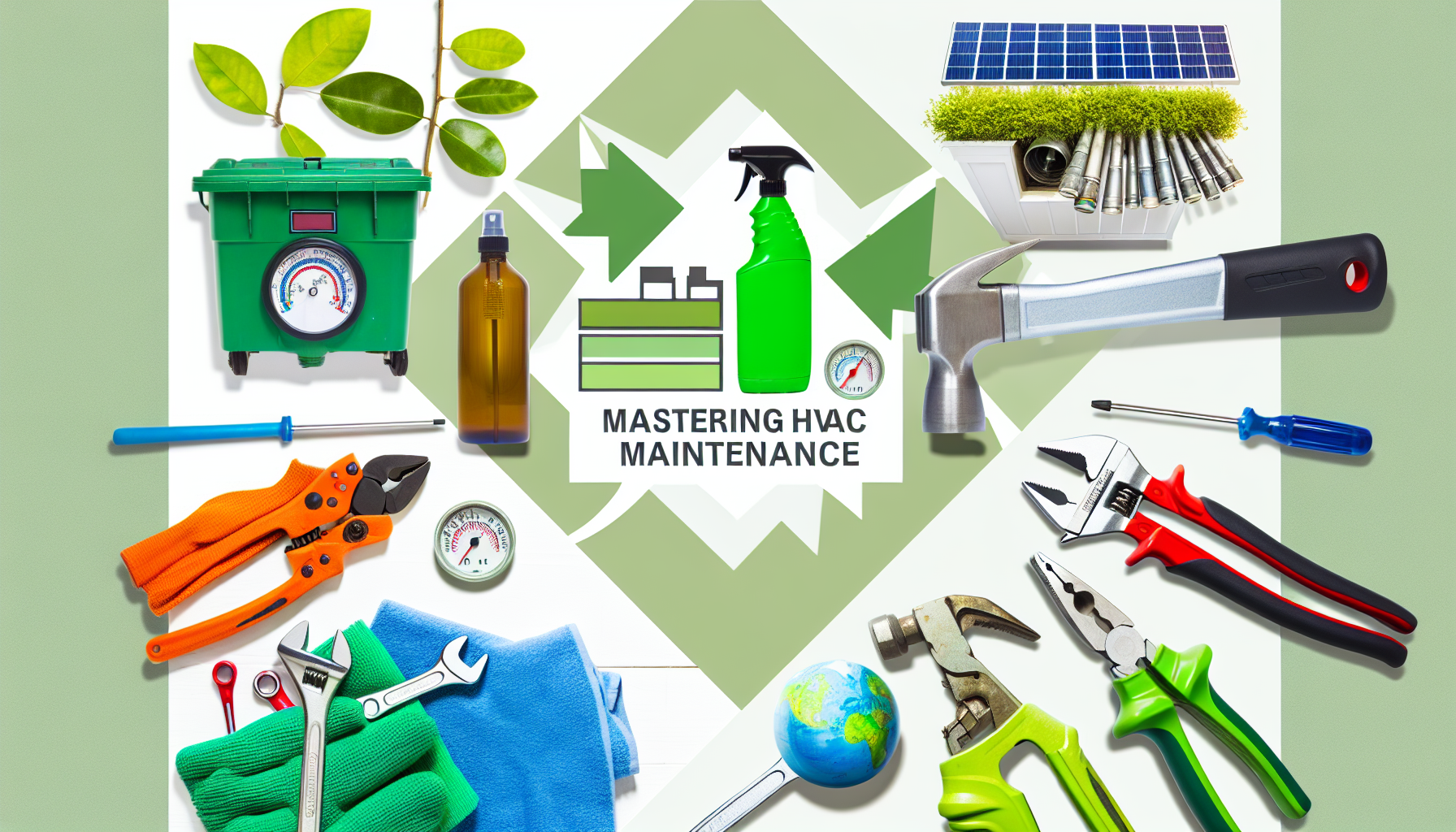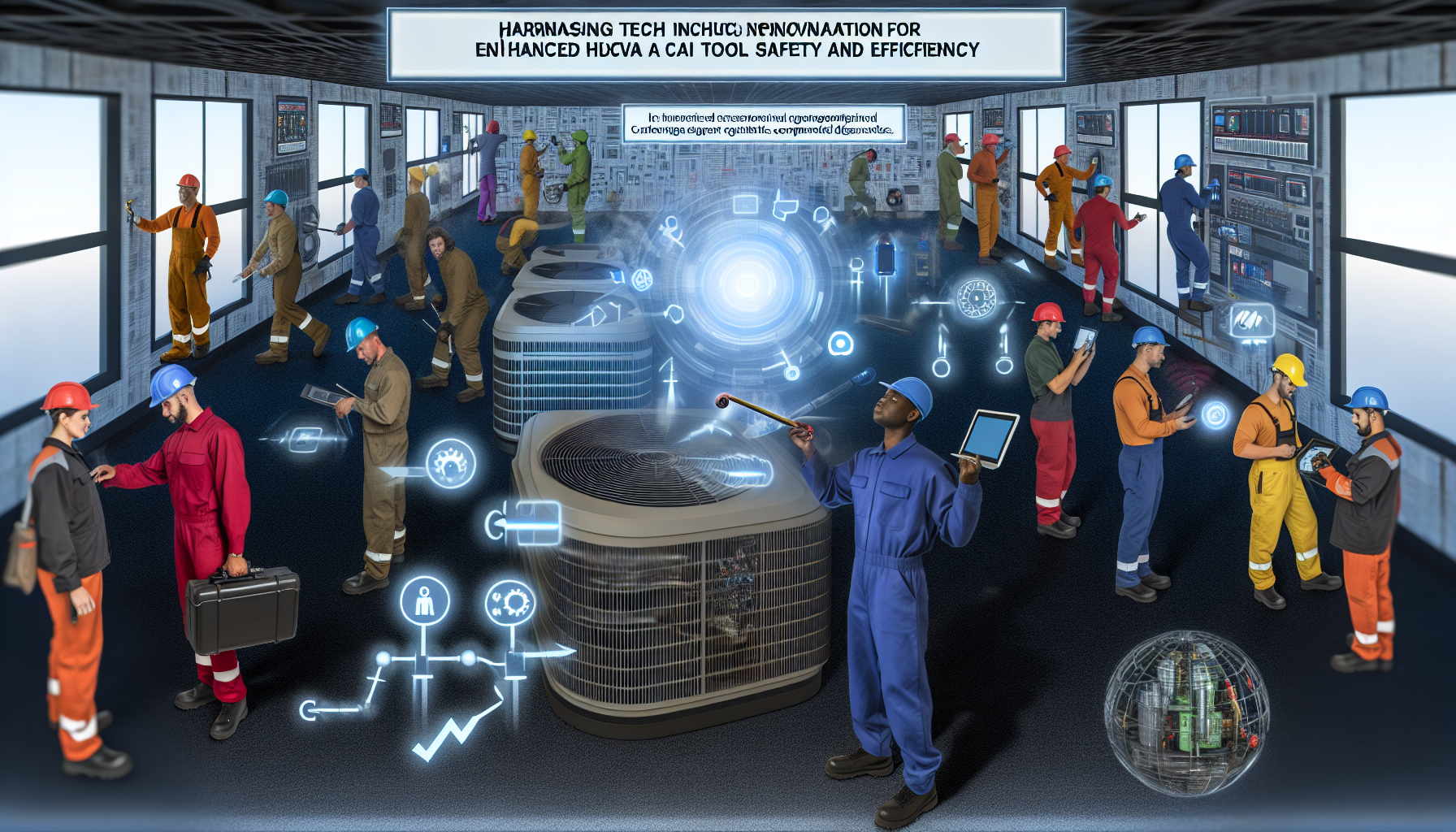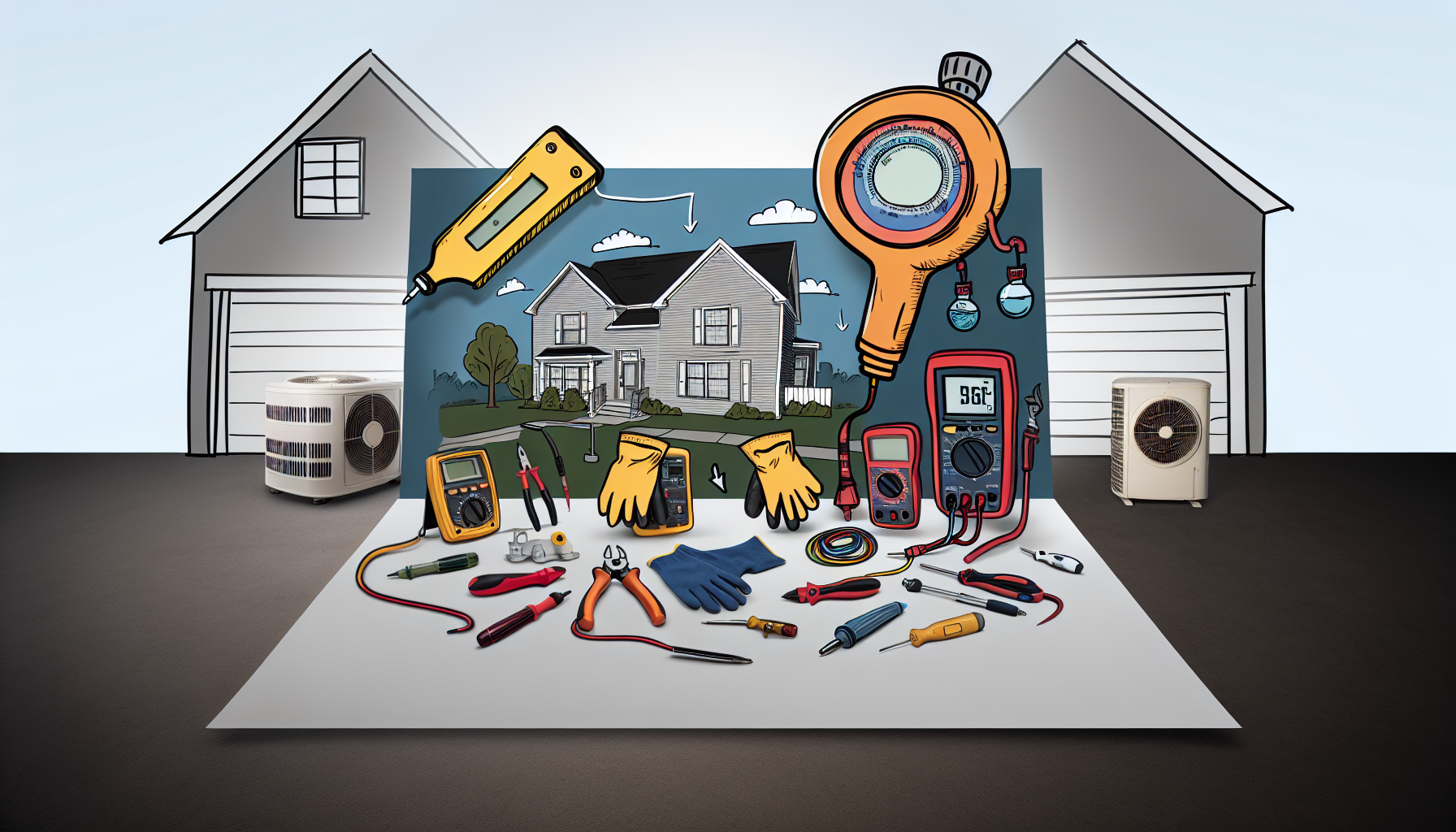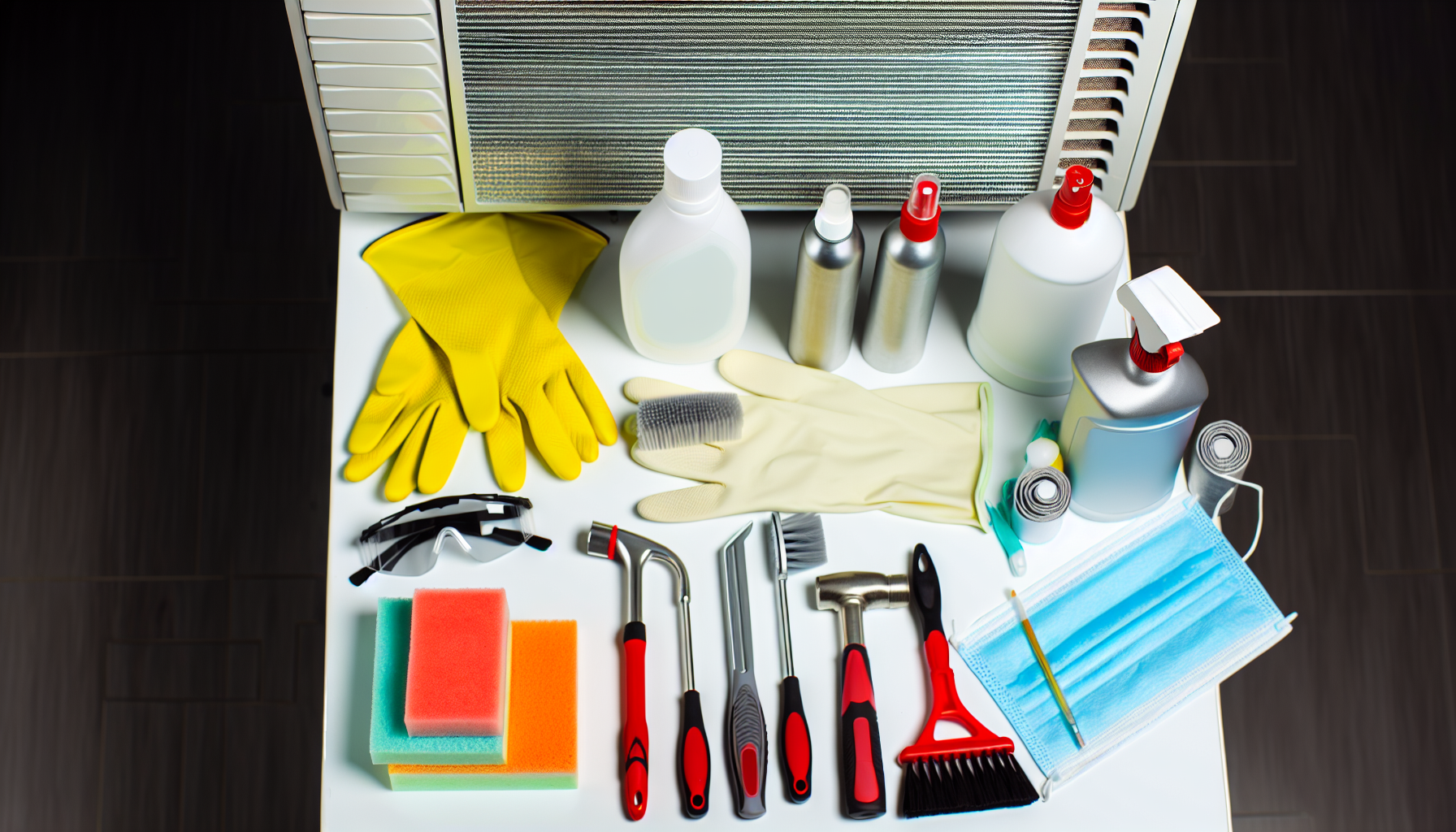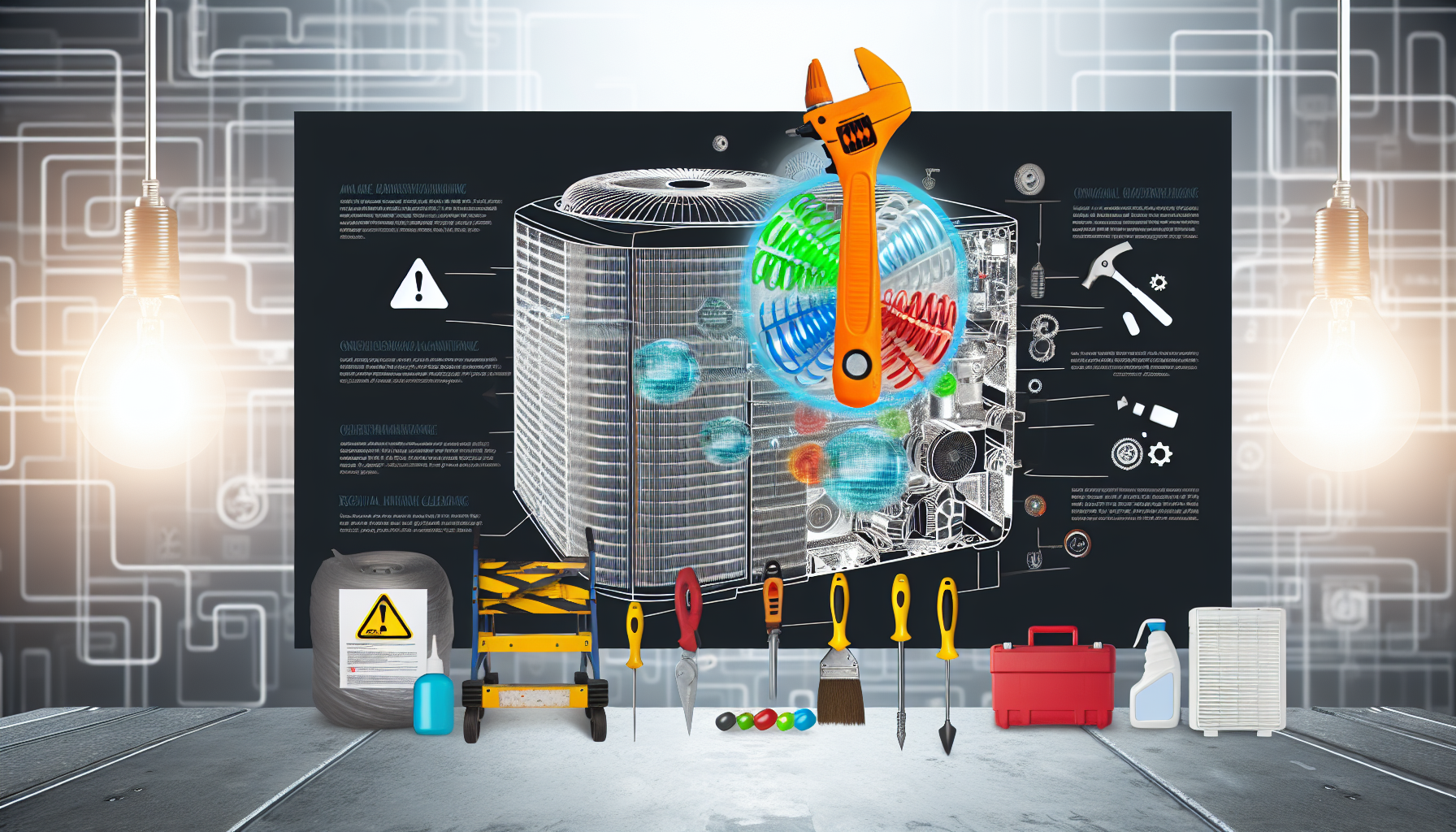Understanding HVAC Maintenance in the Digital Age
The world of HVAC (heating, ventilation, and air conditioning) maintenance is evolving with the integration of digital tools and the ever-increasing focus on safety. As we move forward in the digital age, the efficiency of HVAC systems has become not just a convenience but a necessity. In this blog post, we will explore how modern techniques and digital advancements are transforming HVAC maintenance, ensuring that we can achieve better performance, longevity, and safety from our heating and cooling systems.
Embracing Digital Tools for HVAC Efficiency
In the realm of HVAC maintenance, digital tools and software are playing a pivotal role. These technologies provide real-time data, operational insights, and predictive analytics that can drastically enhance the efficiency of HVAC systems.
- Smart Thermostats: Smart thermostats are arguably the most well-known digital tool in the HVAC industry. They allow for better control of heating and cooling, learning the habits of the household to optimize temperature settings, which saves energy and reduces costs.
- Diagnostic Software: With modern diagnostic tools, HVAC professionals can now more easily identify and resolve issues. These programs provide detailed insights into system performance, allowing for targeted maintenance that addresses problems before they escalate.
- IoT Sensors: Internet of Things (IoT) sensors can detect real-time data on system performance and environmental conditions. This continuous monitoring can pinpoint malfunctions and inefficiencies, prompting timely maintenance actions.
By keeping up with these digital trends, HVAC maintenance becomes more proactive, leading to increased energy efficiency, lower costs, and improved indoor comfort for homes and businesses alike.
Prioritizing Safety through Innovative Tools
Safety is an indispensable aspect of HVAC maintenance. Innovative safety tools ensure that technicians can carry out their job with minimal risk and also guarantee the secure operation of HVAC systems in buildings. Here’s how modern tools are making a difference:
- Gas Leak Detectors: Advanced gas leak detectors equipped with digital sensors can quickly alert technicians and homeowners to the presence of harmful gases, such as carbon monoxide, which can be deadly if left unchecked.
- Electrical Safety Analyzers: These devices are essential in verifying the electrical safety of HVAC systems, ensuring all electrical components are functioning correctly and safely.
- Automated Safety Checklists: By using digital checklists, technicians can follow systematic safety procedures, reducing the risk of oversight and ensuring each maintenance step is performed correctly.
Integrating these safety tools into regular maintenance practices not only protects technicians but also helps mitigate the risk of accidents and system failures, contributing to the overall safety of the household or business facility.
Enhancing HVAC Maintenance through Training and Education
The integration of digital and safety tools into HVAC maintenance is only effective when technicians are properly trained to use them. Continuous training and education are essential components of maintaining the efficiency and safety of HVAC systems. Here are ways in which professionals are staying ahead:
- Online Training Programs: E-learning platforms provide HVAC professionals with the skills they need to operate modern digital tools and implement safety measures effectively.
- Industry Webinars: Regular webinars and virtual conferences keep technicians up-to-date with the latest trends, tools, and safety protocols in the HVAC industry.
- Manufacturer Workshops: Many HVAC equipment manufacturers offer workshops to ensure that technicians understand how to maintain and repair their latest models, applying the most current best practices.
With an emphasis on education, HVAC professionals are better equipped to take advantage of digital tools for effective system maintenance and to implement the highest safety standards in their work.
Preventive Measures for Long-term HVAC System Health
Preventive maintenance is key to extending the lifespan of any HVAC system. By incorporating digital and safety tools, technicians can anticipate potential issues and address them before they become significant problems:
- Regular Inspections: Scheduling regular inspections using digital inspection tools can ensure systems are running optimally and safely, preventing unexpected breakdowns.
- Clean and Replace Filters: One of the simplest, yet most effective, preventive measures is to regularly clean or replace HVAC filters, which can be monitored through digital reminders.
- Calibrate Thermostats: Regularly calibrating thermostats, possibly through remote monitoring, ensures they accurately read and regulate temperatures, improving the system’s efficiency.
- Check and Seal Ductwork: Inspecting ductwork for leaks and sealing them can prevent energy loss and maintain indoor air quality, which is critical for the safety of inhabitants.
Preventive maintenance, supported by digital tools, is a strategic approach to HVAC care that can significantly reduce emergencies, save on repair costs, and keep systems operating safely for years to come.
FAQs about Modern HVAC Maintenance
What are some common signs that my HVAC system needs maintenance?
- Temperature inconsistencies in different rooms
- Unexplained increases in energy bills
- Noises or odd smells coming from the HVAC unit
- Poor indoor air quality
How often should I schedule professional HVAC maintenance?
It’s recommended to have your HVAC system professionally inspected at least once a year. However, bi-annual check-ups, typically before winter and summer seasons, are ideal to ensure the system’s reliability and efficiency throughout the year.
Can smart thermostats really save money on energy bills?
Yes, smart thermostats can lead to significant savings on energy bills as they adjust the temperature based on your habits and preferences, ensuring that you’re not heating or cooling your home excessively when it’s not needed.
Are there any particular safety concerns with HVAC systems?
- Incorrectly installed or poorly maintained systems could be a fire hazard.
- Systems using gas can leak, leading to carbon monoxide poisoning if not detected.
- Electrical issues can result in electric shocks or fires.
What role do IoT sensors play in HVAC maintenance?
IoT sensors can continuously monitor various parameters such as temperature, humidity, and airflow. This real-time data can help predict potential system failures, allowing for preemptive maintenance and thus avoiding costly repairs and system downtime.
Can HVAC maintenance improve air quality in my home?
Absolutely. Regular maintenance, such as cleaning ducts and changing filters, can significantly improve the air quality in your home by removing dust, allergens, and other pollutants that may circulate through a dirty HVAC system.
Integrating digital and safety tools into the maintenance of HVAC systems is more than a trend; it’s an important step towards ensuring efficiency, safety, and long-term performance. By leveraging the latest technological advancements, we can look forward to more reliable, cost-effective, and secure heating and cooling solutions in our homes and businesses.








